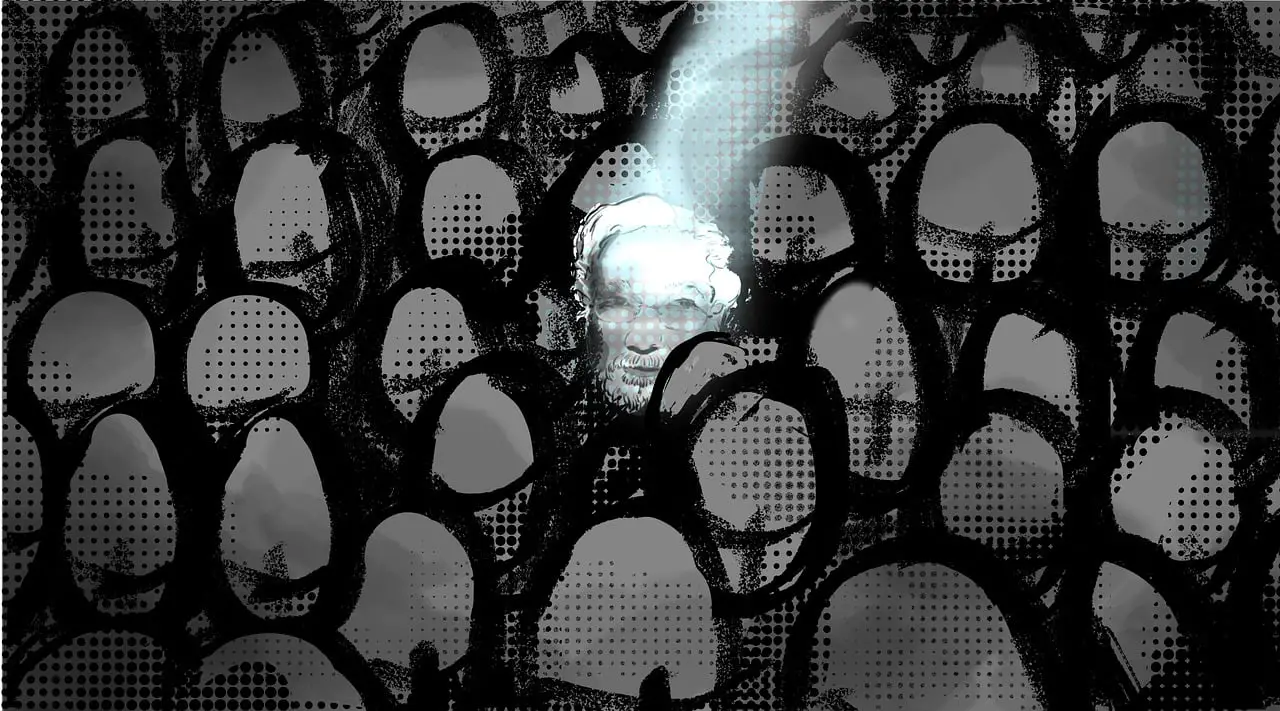The countries with weakest economies are suffering from limited resources, failed financial sectors and inadequate investment in sectors that can drive economic growth. In this article, I’ll talk about the weakest economies in the world, in detail, especially what actually led to their unpleasant economic situation.
1. South Sudan
South Sudan became an independent nation on July 9, 2011 which makes it the youngest country in the world. Conflicts, political instability and economic challenges have hindered the prosperity of South Sudan. What actually compounded the problem was the civil war that broke out in December 2013 — it really sabotaged the country for years. The country relies on foreign aid for carrying out governing activities. Climate change and natural disasters have been a hindrance to tangible development. However, when South Sudan took over its oil reserves, there was a little bit of economic recovery but the flood and COVID-19 pandemic ended it.
2. Burundi
Burundi is a country heavily dependent on agriculture — it constitutes more than 70 percent of the labour force. Overpopulation, civil unrest and soil erosion contribute to the economic setback in the country. Even though Burundi is self-sufficient in food production, they still depend on foreign assistance. The United Nations posits that Burundi is a least developed country. Lack of security has prevented any meaningful investment. The International Monetary Fund and World Bank teamed up in 1986 to reform Burundi’s foreign exchange system, coffee industry and exportation but were unsuccessful.
3. The Central African Republic (CAR)
The Central African Republic derives its money mainly from agriculture — the backbone of the economy. The food crops grown are maize, plantains, millet cassava, peanuts and sorghum. The country depends on foreign aid and Non-Governmental Organizations (NGOs). The economic development of the country has been quite slow due lack of investment, poor infrastructure and financial mismanagement. Other factors are poor transportation system, unskilled workforce and unfavourable macroeconomic policies.
4. The Democratic Republic of Congo (DRC)
The Democratic Republic of Congo’s economy has been declining since the 1980s despite being endowed with natural resources. After DRC gained independence in 1960, its economy was thriving, especially the agriculture and mining sector but corruption, war and political instability disrupted any further growth. The conflicts that happened in DRC in 1996 weakened the government revenue, increased external debt and reduced national output. This occurrence weakened the economy, thus making it one of the weakest economies in the world.
5. Mozambique
Mozambique depends on foreign aid for much of its annual budget. Majority of the country’s workforce are into subsistence agriculture. By the end of 1992, Mozambique emerged as a country with a very low socio economic output. In the 1980s, the per capita GDP was 120 dollars; it improved in the year 2000, it was 222 dollars. Mozambique struggled with debt but was given debt relief by an initiative called “Heavily Indebted Poor Country” (HIPC). Most of the small state-owned enterprises are privatized. Regardless, they’re struggling as among the weakest economies in the world.
6. Malawi
Malawi’s economy depends on economic assistance from the International Monetary Fund (IMF), World Bank and private donors. Malawi falls under one of the weakest economies in the world due to constant macro-fiscal imbalances and shortage of foreign exchange. Malawi’s economy is expected to grow by 2.8 percent in 2024 with the aid of macroeconomic reforms.
7. Niger
Niger has consistently been ranked at the bottom of the Human Development Index and has a very low per capita income. The country is among heavily indebted countries. Niger’s limited resources coupled with poverty has made it difficult to overcome the economic challenges facing the country. This is one among other reasons Niger Republic is among the weakest economies in the world.
8. Chad
Chad’s economy is weakened by lack of infrastructure, geographic remoteness and political instability. The country gets financial help from African Development Bank (AFDB) and World Bank. About 85 percent of the population depends on agriculture for survival. In 2018, Chad’s GDP was ranked 147th in the world. In the year 2024 to 2025, the economy is expected to grow at least by 2.8 percent. Chad has the tenth-largest oil reserves in Africa but poverty remains a menace and has ranked the country on the unpleasant list of weakest economies in the world.
9. Liberia
Liberia becoming one of the weakest economies in the world can be traced to when the country had a civil war firstly, from 1989 to 1996 and 1999 to 2003. The civil war destroyed Liberia’s economy and infrastructure. The United Nations assert that Liberia is one of the poorest and least developed countries in the world. Liberia is actually rich in mineral resources, forests and agriculture but poor in political stability and human capital.
10. Madagascar
Madagascar has been struggling with poverty, weak governance, inadequate physical and human capital. Climate crises and weak economic growth heightened the challenges. By 2022, the poverty rate in the country has reached 75 percent. The economy is expected to grow by 4.7 percent from 2024 to 2025. Madagascar operates a market economy, supported by tourism, textile, mining and agriculture. In 2009, a coup in Madagascar also contributed to the decline of the economy and as well hindered foreign investments.



